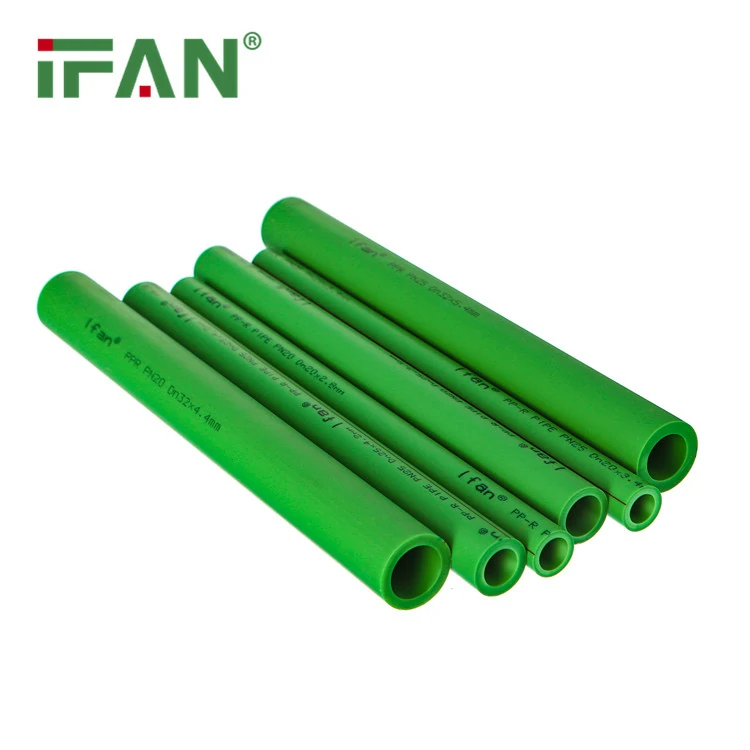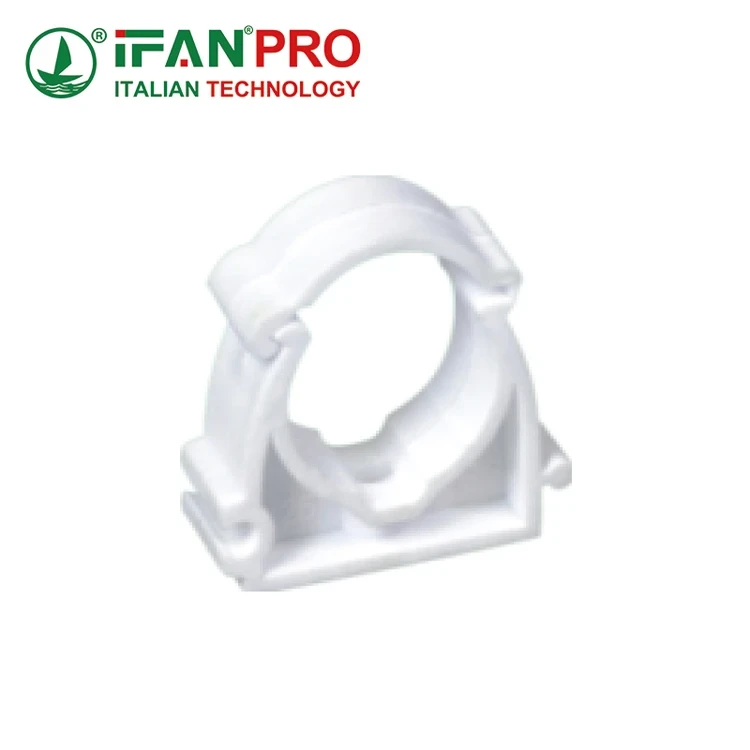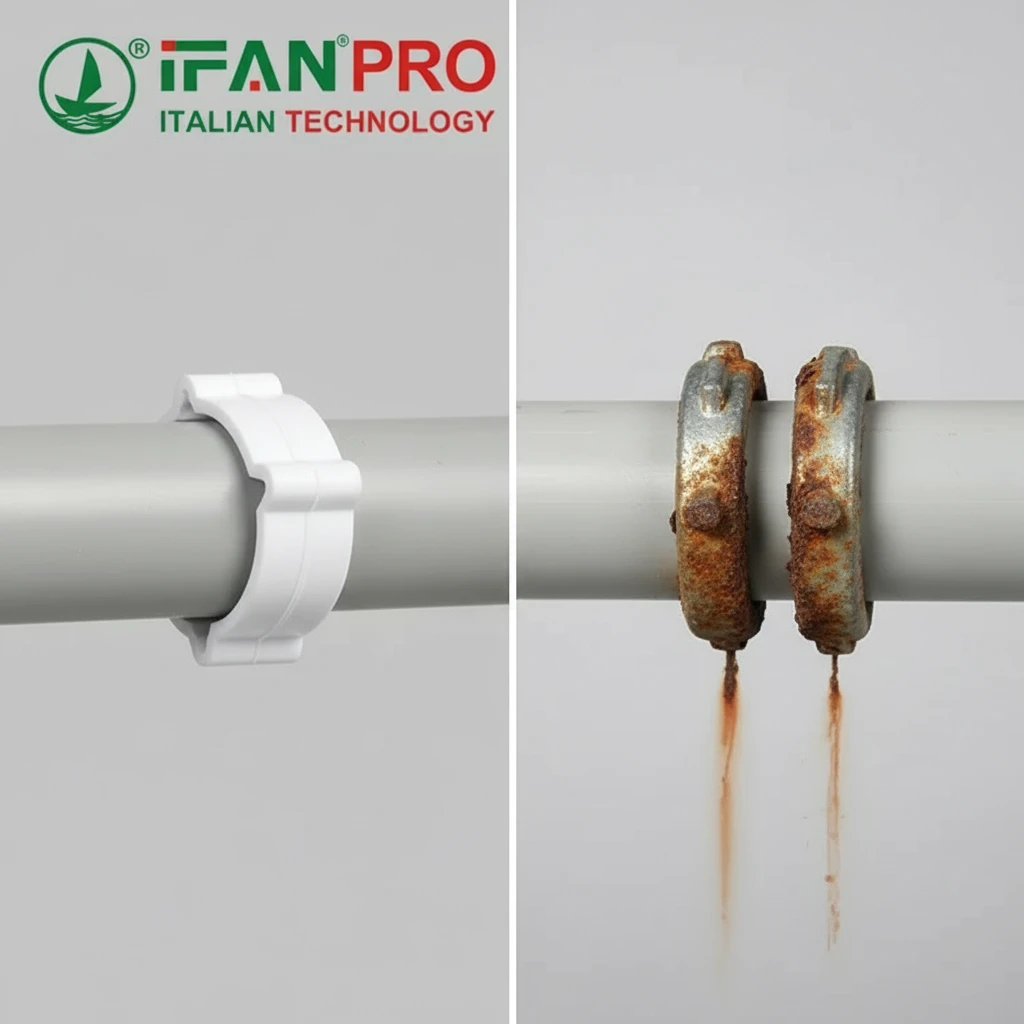PPR pipe leaks can cause significant water damage and increase utility bills. Quick action prevents costly repairs and protects your property. This comprehensive guide covers proven methods to stop PPR pipe leaks effectively.
Identifying PPR Pipe Leak Sources
Visual Inspection Methods
Check joints and connections first. These areas experience the most stress and fail most frequently. Look for water stains, mineral deposits, or dampness around fittings.
Examine the pipe surface for cracks or holes. Temperature changes can cause PPR pipes to expand and contract, leading to stress fractures.
Common Leak Locations
Socket joints represent 70% of PPR pipe failures. Improper fusion during installation creates weak points that develop leaks over time.
Pipe bends experience higher pressure and may crack under stress. Sharp turns put additional strain on the material.
Wall penetrations often leak due to movement or settling. The pipe moves while the wall remains stationary, creating stress at the connection point.
Emergency Temporary Fixes
Pipe Repair Clamps
Apply a pipe repair clamp over small holes or cracks. This method works immediately and holds pressure up to 150 PSI.
Clean the pipe surface thoroughly before installation. Remove any debris or corrosion that could prevent proper sealing.
Epoxy Putty Solutions
Knead epoxy putty until it reaches uniform color. Apply generous amounts around the leak area, extending beyond the damaged zone.
Allow 30 minutes curing time before restoring water pressure. This temporary fix lasts several months but requires permanent repair later.
Rubber Sheet and Hose Clamps
Wrap rubber sheeting around the leak location. Secure with multiple hose clamps, tightening evenly to distribute pressure.
This method works well for larger cracks but may slip under high pressure. Monitor the repair regularly for loosening.
Permanent PPR Pipe Leak Repairs
Socket Joint Repairs
Cut out the damaged joint completely. PPR pipes cannot be repaired at fusion points – replacement is the only permanent solution.
Measure the removed section precisely. Cut new pipe pieces with clean, square ends using proper PPR cutting tools.
Fuse new joints using calibrated heating equipment. Maintain proper temperature (260°C ± 10°C) for consistent results.
Crack Repairs in Straight Sections
Remove the cracked pipe section entirely. Clean cuts prevent stress concentrations that cause future failures.
Install new pipe sections using coupling joints. Ensure proper alignment to prevent stress on connected joints.
Test all repairs at 1.5 times operating pressure for 30 minutes before covering or burying pipes.
Professional Repair Techniques
Hot Air Welding
Professional contractors use hot air welding for complex repairs. This method creates molecular bonds equivalent to original pipe strength.
Surface preparation requires grinding both pipe and repair material. Clean surfaces ensure proper adhesion and long-lasting repairs.
Electrofusion Couplings
Electrofusion provides the strongest repair connection. Built-in heating elements ensure consistent temperature distribution.
Mark pipe insertion depth clearly before fusion. Proper penetration creates full-strength joints that outlast original installations.

Prevention Strategies
Proper Installation Practices
Support pipes every 1-2 meters to prevent sagging. Unsupported spans create stress points that develop into leaks.
Allow for thermal expansion with flexible connections. Rigid installations crack under temperature stress.
Insulate pipes in extreme temperature environments. Protection prevents damage from freezing or excessive heat.
Regular Maintenance Inspections
Schedule annual visual inspections of all accessible joints. Early detection prevents minor issues from becoming major problems.
Monitor water pressure consistently. Sudden drops indicate developing leaks that require immediate attention.
Document all repairs and maintenance activities. Historical data helps identify problem areas requiring system upgrades.
When to Call Professionals
Complex System Leaks
Multiple simultaneous leaks indicate system-wide problems. Professional diagnosis identifies root causes beyond individual repair needs.
Pressure drops affecting entire buildings require specialized equipment for leak detection and repair.
High-Pressure Applications
Industrial systems operating above 16 bar need professional attention. Incorrect repairs can cause dangerous failures under high pressure.
Heating systems with temperatures exceeding 70°C require specialized materials and techniques.
Insurance and Warranty Considerations
Professional repairs maintain system warranties and insurance coverage. DIY repairs may void manufacturer guarantees.
Certified contractors provide documentation required for insurance claims and building code compliance.
Cost-Effective Solutions
Material Selection
Choose quality PPR pipes and fittings initially. Premium materials cost more upfront but reduce long-term repair expenses.
Standard grade PPR suits most residential applications. Industrial installations require reinforced or specialized grades.
Bulk Repair Supplies
Stock common repair materials like clamps, epoxy, and rubber sheets. Immediate access prevents emergency service charges.
Maintain spare pipe sections and fittings for quick repairs. Standard lengths reduce waste and cutting requirements.
Quality Assurance
Professional PPR pipe systems require expert installation and quality materials. Yifan Pipeline provides comprehensive solutions for residential and industrial applications.
Our custom pipe manufacturing ensures perfect fit and optimal performance for your specific requirements. Contact us for professional consultation and high-quality PPR pipe systems.
For professional PPR pipe solutions and expert installation services, visit ifanpro.com or contact Yifan Pipeline directly.












Recent Comments